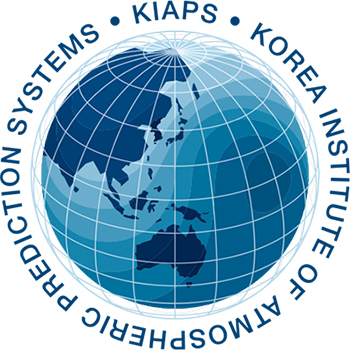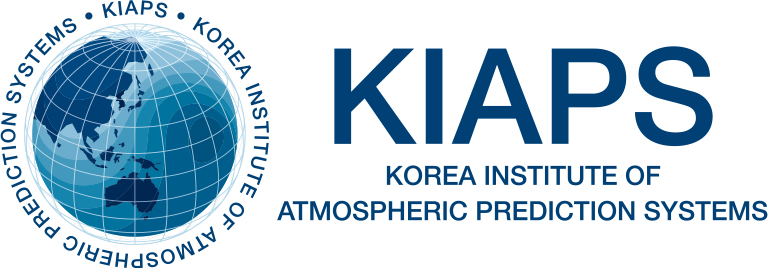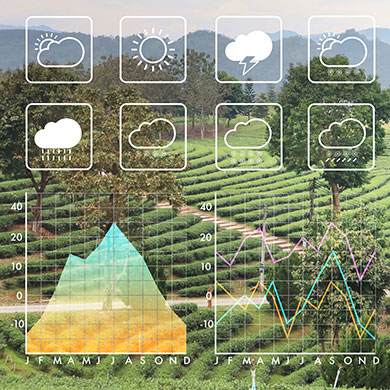01
Development, evaluation, and dissemination of the next-generation numerical weather prediction system
02
Technical support, education, and training for the operation of the next-generation numerical weather prediction system
03
Research and development in collaboration with universities and institutes
04
International cooperation with the expert exchange and visiting program





